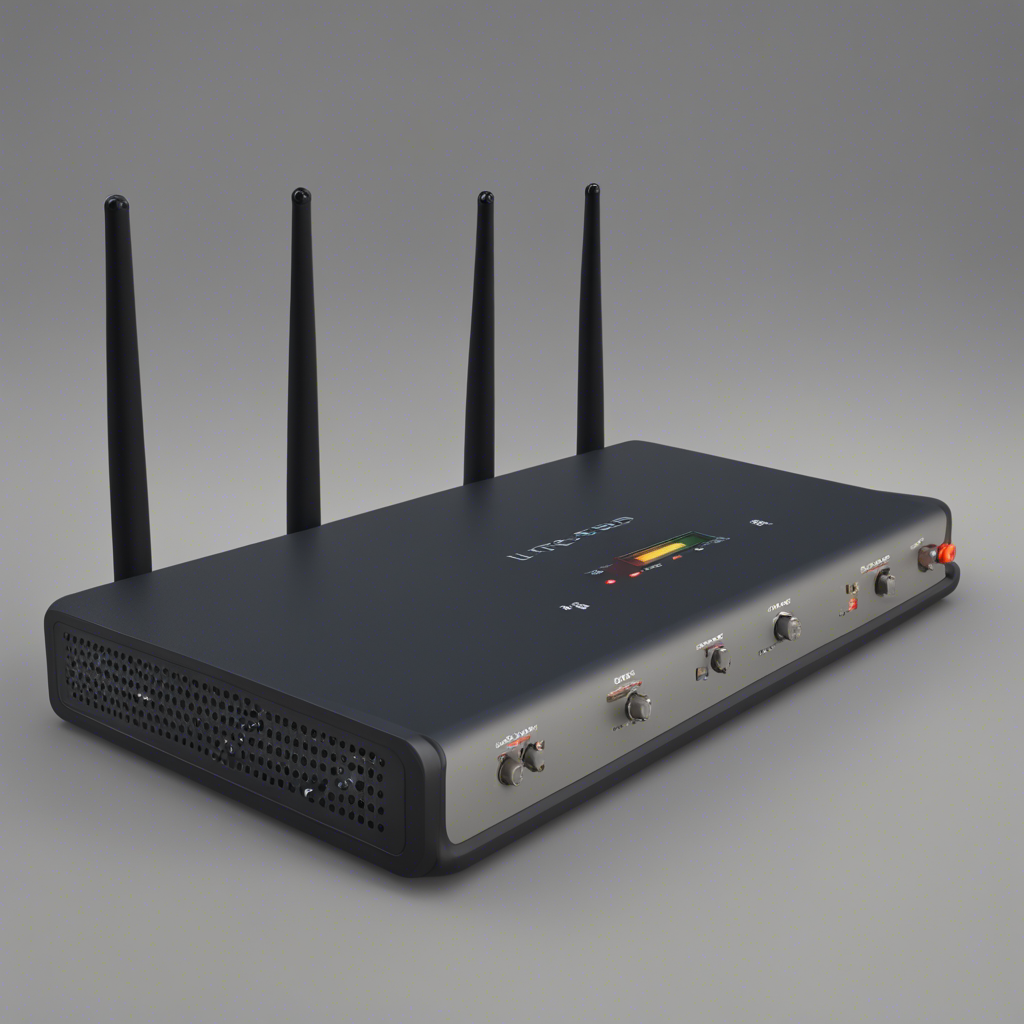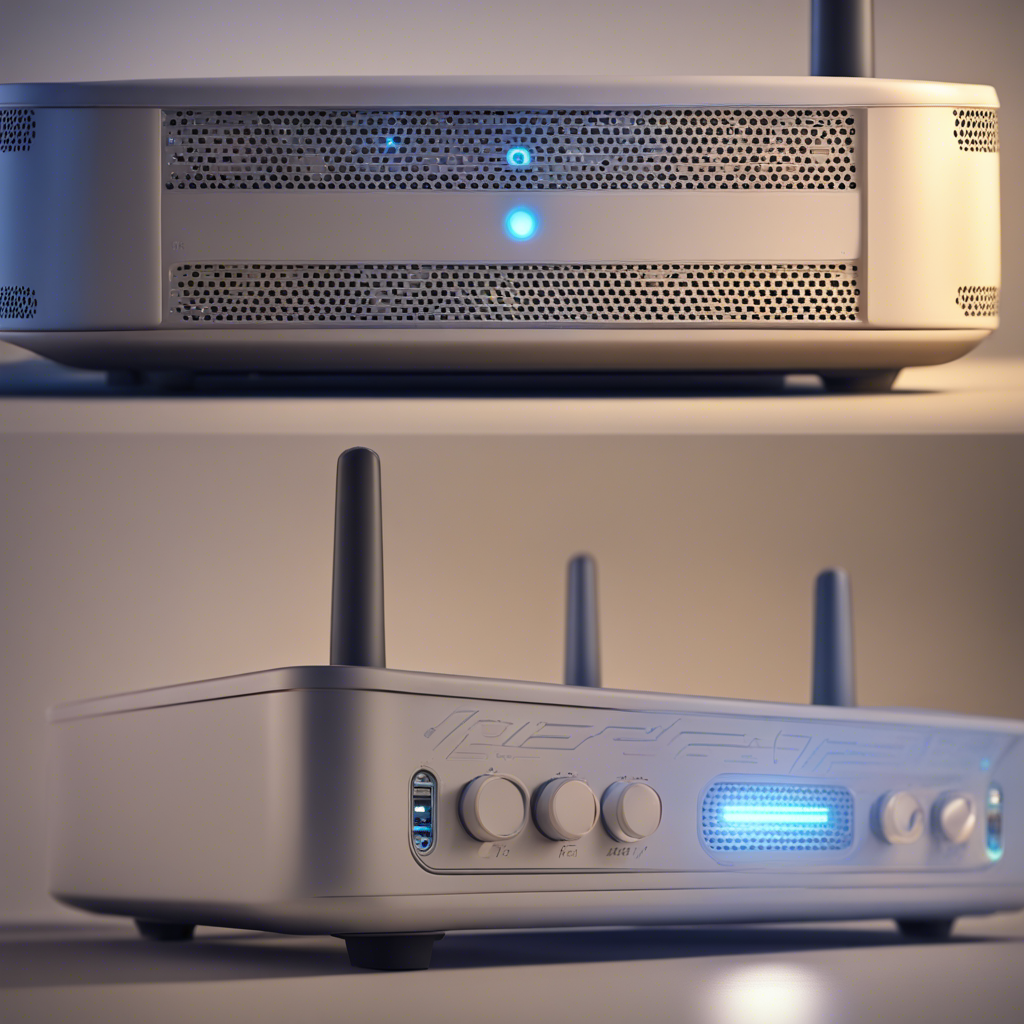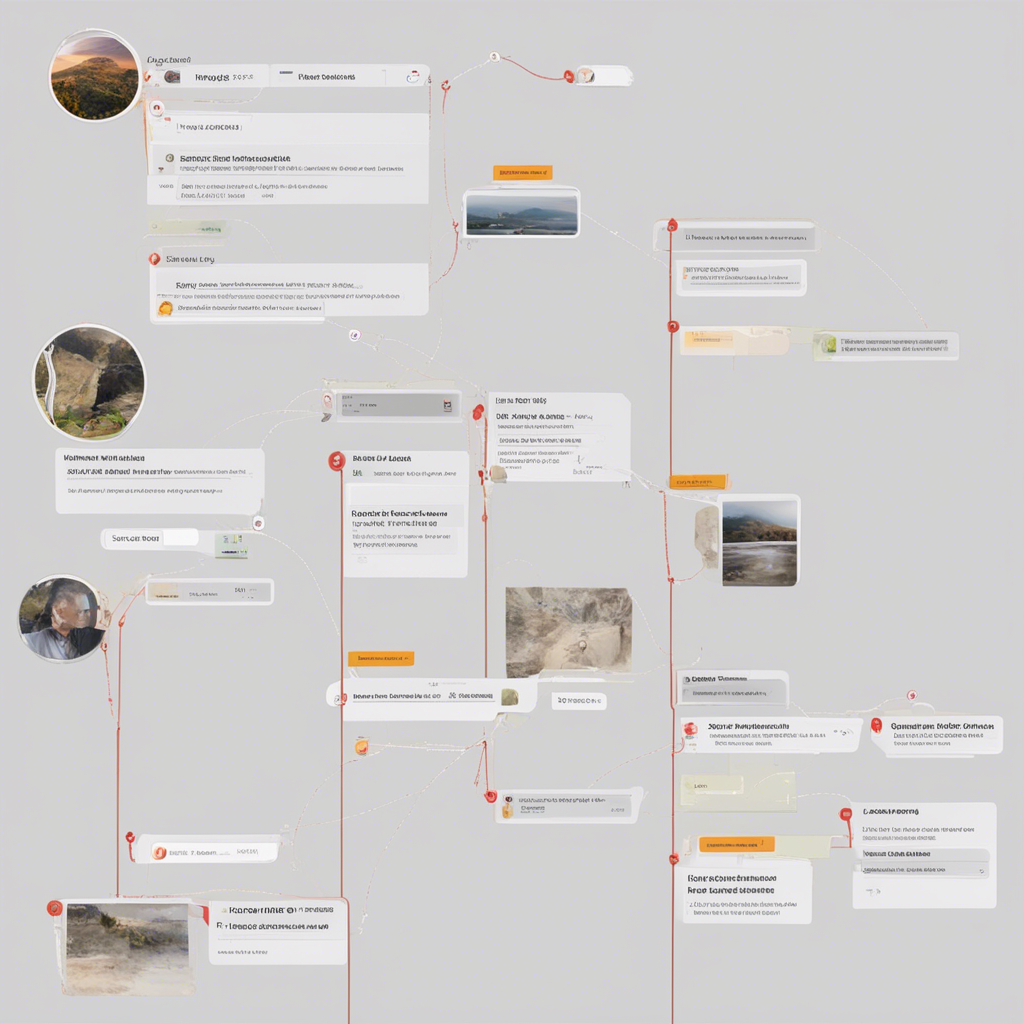
Crafting User Personas for Effective Product Design
In the field of product design, understanding your target audience is crucial to creating products that resonate with users and meet their needs. One valuable tool that aids in this understanding is the creation of user personas. User personas help designers gain insights into the motivations, goals, and behaviors of their target users, ultimately leading to the development of more effective and user-friendly products.
What is a User Persona?
A user persona is a fictional representation of a specific segment of your target audience. It is based on research and data collected from real users and is created to embody key attributes and characteristics of that group. User personas typically include demographic information, behaviors, goals, motivations, and pain points. They help bring clarity and focus to the design process by providing designers with a clear understanding of who they are designing for.
Why are User Personas Important?
User personas play a vital role in product design by:
-
Aligning Design Decisions: User personas help ensure that design decisions are based on the needs and preferences of the target audience. By framing design choices within the context of specific personas, designers can focus on creating experiences that fulfill users’ goals.
-
Driving Empathy: Personas bring human stories to the forefront, allowing designers to empathize with their users and view the product from their perspective. This empathy fosters better decision-making and helps designers anticipate user needs and pain points.
-
Improving Usability: By understanding users’ goals and behaviors, designers can tailor the product to meet their specific requirements, resulting in a more intuitive and user-friendly experience.
-
Enhancing Communication: User personas serve as a communication tool between stakeholders, designers, and developers. They create a shared understanding of the target audience, facilitating effective collaboration and reducing the risk of miscommunication.
Creating Effective User Personas
To craft user personas that accurately represent your target audience, it’s crucial to follow a structured and research-based approach. Below are the key steps involved in creating effective user personas:
1. Collect Data
Start by gathering relevant data about your users through a combination of qualitative and quantitative research methods. Techniques such as user interviews, surveys, analytics, and market research can provide valuable insights into users’ behaviors, needs, and preferences.
2. Identify Patterns
Analyze the collected data to identify patterns and commonalities among your users. Look for shared characteristics, goals, frustrations, and motivations that can be grouped together.
3. Create User Segments
Based on the identified patterns, create distinct user segments or clusters. Each segment should represent a unique group of users who share similar goals, demographics, and behaviors.
4. Develop Persona Profiles
For each user segment, develop a persona profile that captures the key attributes, motivations, and goals of that group. Include both demographic information (age, gender, occupation) and psychographic details (interests, values, attitudes).
Consider giving each persona a name and a visual representation to make them more relatable and memorable.
5. Make them Real
To ensure that the personas accurately reflect your target audience, anchor them in real data. Use direct quotes or anecdotes from user research to add credibility and make the personas feel authentic.
6. Validate and Refine
Once the initial personas are created, validate them by sharing them with your team and experts in the field. Seek feedback and iterate on the personas to ensure they accurately represent the target audience.
7. Utilize Personas in the Design Process
With validated personas in hand, you can now integrate them into your design process. Throughout the ideation, prototyping, and testing phases, refer back to the personas to ensure that your design decisions align with the needs and goals of the users.
Visual Content Suggestions
To enhance understanding and engagement, consider incorporating visual content such as:
-
Diagrams: Use diagrams to illustrate the relationships between user segments, their goals, and the product features that address those goals.
-
Charts: Create charts to visualize data collected during the research phase, highlighting important trends and insights.
-
Infographics: Design infographics that outline the key attributes and characteristics of each persona, presenting information in an easily digestible format.
Conclusion
Crafting user personas is a crucial step in the product design process. By gaining a deep understanding of your target audience, their motivations, and their goals, you can create products that truly resonate with users. User personas not only help align design decisions but also foster empathy, improve usability, and enhance communication among team members. By following a structured approach and incorporating visual content, you can create user personas that serve as valuable tools in creating effective and user-centric designs.
References:
- Cooper, A., Reimann, R., & Cronin, D. (2007). About face 3: the essentials of interaction design. Wiley.
- Nielsen, J. (2004). Persona-Driven Design. Nielsen Norman Group. Retrieved from https://www.nngroup.com/articles/persona-driven-design/
- Pruitt, J., & Grudin, J. (2004). Personas: Practice and theory. In Proceedings of the 2003 conference on Designing for user experiences (pp. 1-15).






